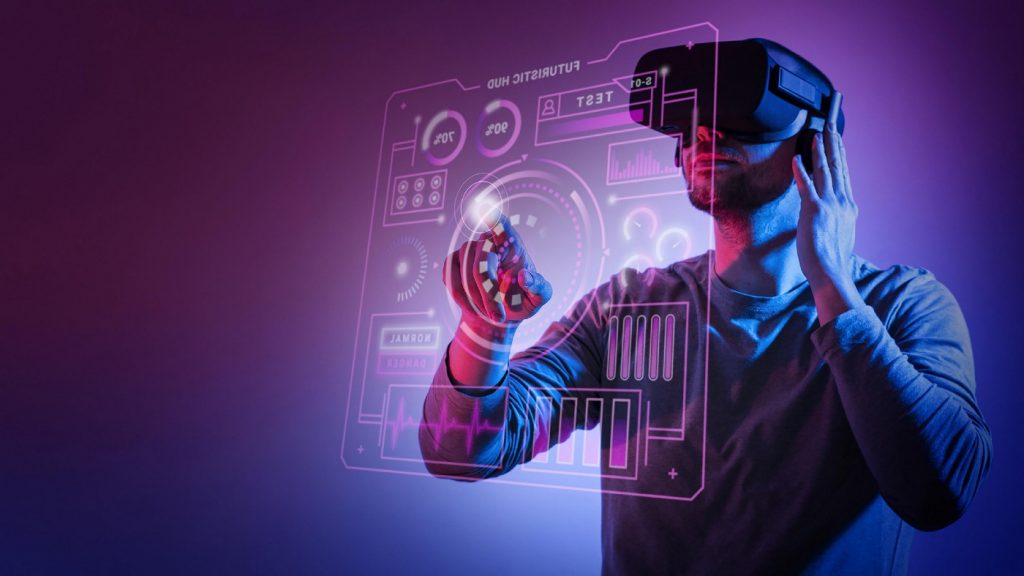
GUEST POST from Art Inteligencia
The possibilities of virtual reality (VR) are truly endless. Virtual reality is defined as a computer-generated simulation of a three-dimensional environment that can be interacted with in a seemingly real or physical way by a person using special equipment, such as a head-mounted display with motion tracking. This technology is quickly becoming a powerful tool for both entertainment and productivity, with applications ranging from gaming and entertainment to education and training.
VR can be used to create highly realistic, immersive experiences that engage and entertain users. The immersive nature of VR leads to a heightened sense of presence and engagement, making it an ideal platform for gaming and entertainment. Video games, for example, can be enhanced with virtual reality to provide a more realistic and engaging experience. In addition, virtual reality can be used to create virtual worlds, such as those found in popular VR games like “Minecraft.”
In addition to entertainment, VR has the potential to revolutionize the way we work. For example, VR can be used to create virtual reality training and simulation environments, allowing companies to train their employees in a safe and realistic environment. Virtual reality can also be used to create virtual meetings, allowing teams to collaborate and communicate more efficiently.
Finally, virtual reality has the potential to be used in a variety of medical and therapeutic applications. VR can be used to create therapeutic environments, such as virtual reality exposure therapy, which is used to help people cope with phobias and other psychological issues. In addition, VR can be used to create immersive educational experiences, such as medical simulations, which can help medical students and professionals better understand the human body and its functions.
Looked at another way, in the form of a similar but different list, focused on five ways virtual reality can be used to improve society:
1. Education: Virtual reality can be used to create immersive learning experiences and simulations, helping to make learning more engaging and effective.
2. Health and Wellness: Virtual reality can be used to treat patients with a variety of conditions, including PTSD, phobias, and chronic pain.
3. Mental Health: Studies have shown that virtual reality can be used to reduce anxiety and depression, as well as provide therapeutic relief for individuals suffering from mental health disorders.
4. Accessibility: Virtual reality can be used to make activities, such as exploring distant places, more accessible for people with physical disabilities or mobility issues.
5. Social Interaction: Virtual reality can be used to create virtual social spaces, allowing people to interact with each other in a more immersive environment.
In conclusion, the possibilities of virtual reality are truly endless. From entertainment to education, and everything in between, virtual reality has the potential to revolutionize the way we work, play, and learn. With the rapid development of this technology, the future of VR is certainly something to look forward to.
Bottom line: Futurology and prescience are not fortune telling. Skilled futurologists and futurists use a scientific approach to create their deliverables, but a methodology and tools like those in FutureHacking™ can empower anyone to engage in futurology themselves.
Image credit: FreePik
![]() Sign up here to get Human-Centered Change & Innovation Weekly delivered to your inbox every week.
Sign up here to get Human-Centered Change & Innovation Weekly delivered to your inbox every week.